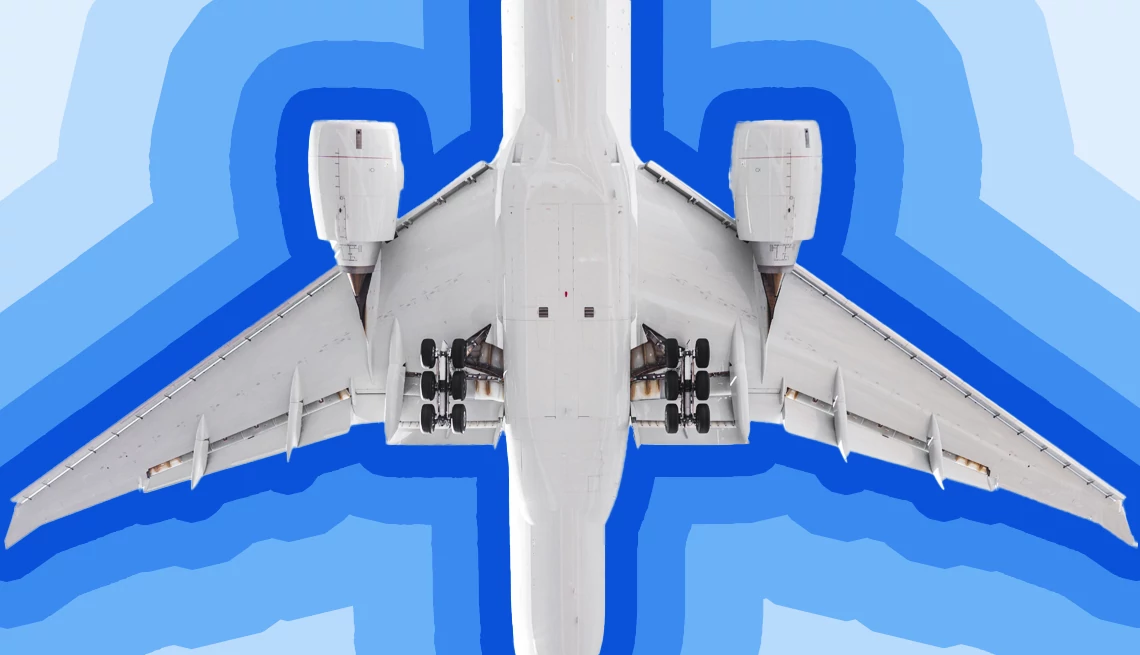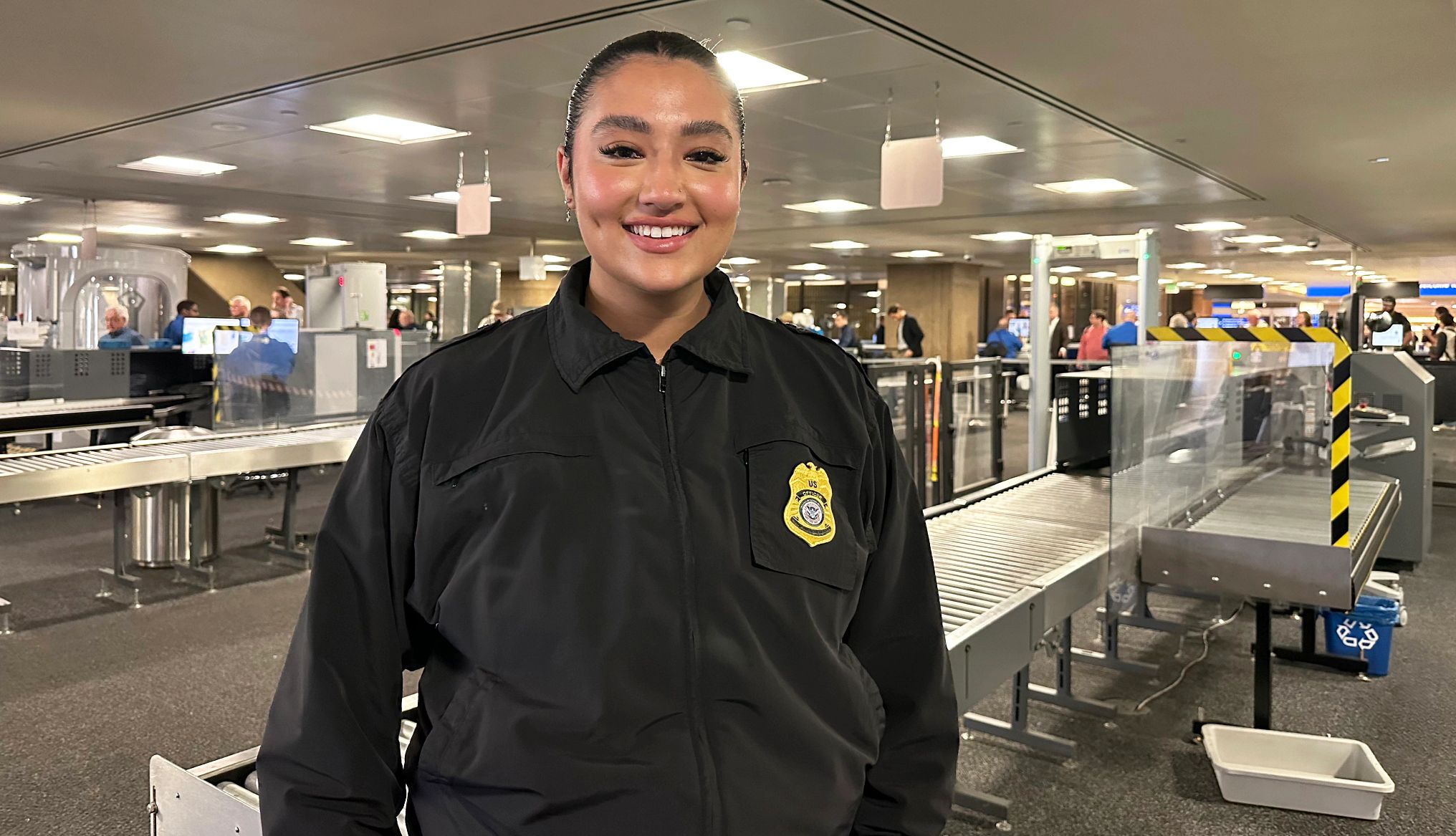AARP Hearing Center
Runway safety software helps pilots in the same way that advanced driver-assistance systems, which include features such as blind spot and collision warnings, help motorists.
In June, Southwest Airlines, which operates the largest number of Boeing 737 airplanes of any airline, activated software in its entire 737 fleet that increases flight crew situational awareness during taxiing, takeoff and landing.
The technology gives pilots text and verbal alerts during those key moments, whether they’re moving too fast, flying too high or headed toward the wrong runway.
“It’s like having a third pilot in the cockpit,” says David Cohen, commercial pilot, flight instructor and dean for the College of Aeronautics at Lynn University.
“It’s significant to see such a big player adopt the technology,” says Ryan Ewing, founder of AirlineGeeks, an industry news site, and a holder of an MBA in air transportation management. “What usually happens in the airline industry is one big carrier will adopt something like this, and then the rest will adopt it too.”
That’s welcome news to fliers, especially with increased aviation accidents and close calls in the news. .
Last December, a Los Angeles International Airport air traffic controller stopped a charter jet from landing on the runway where a Delta flight was taking off. In March in Orlando, Florida, a Southwest flight nearly took off from a taxiway instead of a runway. An air traffic controller intervened.
And January’s midair collision near Ronald Reagan Washington National Airport between an American Airlines commercial plane and an Army helicopter killed 67 people, making it the deadliest U.S. air disaster since 2001.





































































